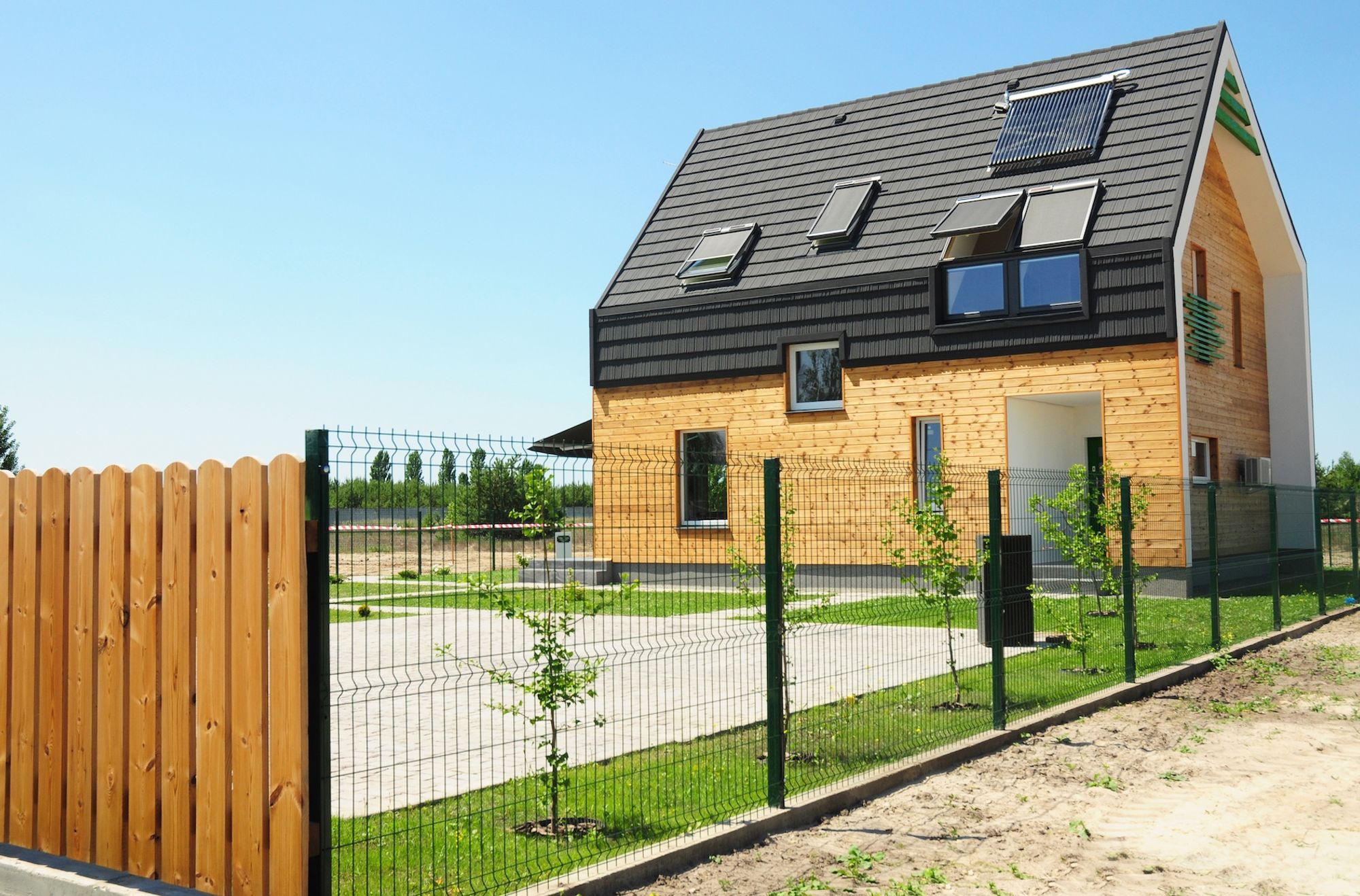Sun Apr 14 2024
Rethinking Building Codes: Paving the Way for Sustainable Housing
A small headline that needs to be added to the schema

As the global community grapples with the urgent need for environmental conservation and sustainability, the role of building codes in shaping our built environment has come under scrutiny. Today's building codes, while aimed at ensuring safety and structural integrity, often fall short in addressing the pressing challenges of climate change, resource depletion, and energy efficiency. To achieve a more sustainable housing stock and secure a greener future, a fundamental overhaul of building codes is imperative.
The Current Landscape
Traditional building codes primarily focus on minimum standards for safety, structural stability, and sanitation. While these regulations are essential for protecting occupants and ensuring the durability of structures, they often neglect key aspects of sustainability. Many existing building codes lack stringent requirements for energy efficiency, renewable energy integration, water conservation, and environmentally friendly materials.
The Case for Change
In the face of escalating climate change and diminishing natural resources, the status quo is no longer sufficient. Building codes must evolve to reflect the imperative of sustainability and resilience in the built environment. By updating building codes to prioritize green building practices, we can mitigate the environmental impact of construction, reduce carbon emissions, and create healthier, more livable communities.
Key Areas for Improvement
- Energy Efficiency Standards: Building codes should mandate higher energy performance standards, including stringent requirements for insulation, air sealing, and HVAC efficiency. By reducing energy consumption in buildings, we can lower greenhouse gas emissions and decrease reliance on fossil fuels.
- Renewable Energy Integration: Incorporating provisions for on-site renewable energy generation, such as solar panels and wind turbines, into building codes can promote the adoption of clean energy solutions. Mandating or incentivizing the use of renewable energy sources can help decarbonize the built environment and transition towards a low-carbon economy.
- Water Conservation Measures: Building codes should include requirements for water-efficient fixtures, rainwater harvesting systems, and greywater recycling to minimize water consumption in buildings. By conserving water resources, we can mitigate the impact of droughts, protect ecosystems, and ensure water security for future generations.
- Green Building Materials: Encouraging the use of sustainable building materials, such as recycled content, responsibly sourced wood, and low-impact alternatives, can reduce the environmental footprint of construction. Building codes should prioritize the use of eco-friendly materials that minimize embodied carbon and promote circularity.
Overcoming Challenges
While updating building codes to prioritize sustainability is essential, it may encounter resistance from various stakeholders, including developers, builders, and policymakers. Overcoming inertia and fostering widespread adoption will require collaboration, education, and financial incentives. Governments, industry associations, and advocacy groups must work together to drive legislative reforms, provide technical assistance, and offer financial incentives to encourage compliance with updated building codes.
The Path Forward
In reimagining building codes for a sustainable future, we have an unprecedented opportunity to reshape our built environment and safeguard the planet for future generations. By embracing green building practices, harnessing renewable energy sources, and prioritizing resource conservation, we can create healthier, more resilient communities while mitigating the impacts of climate change. It is time to rethink building codes and chart a course towards a more sustainable housing stock and future.
